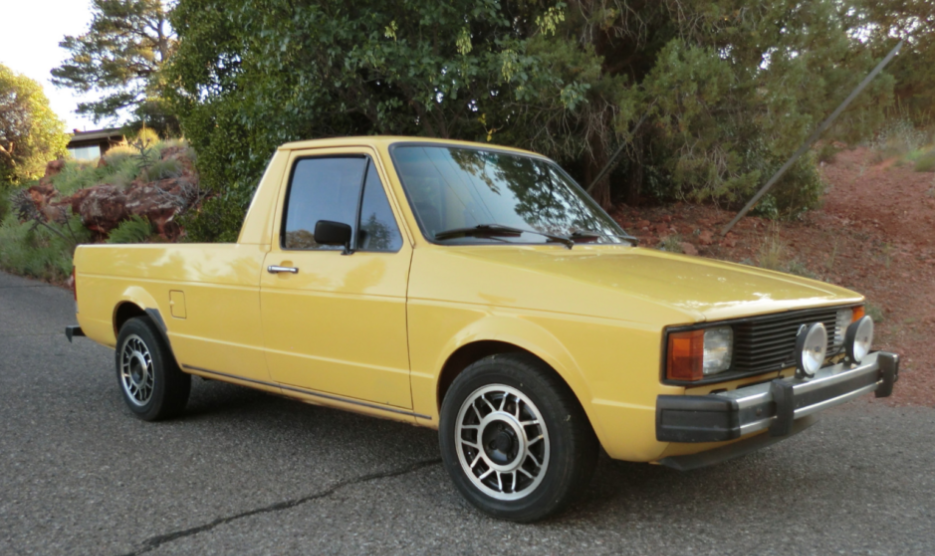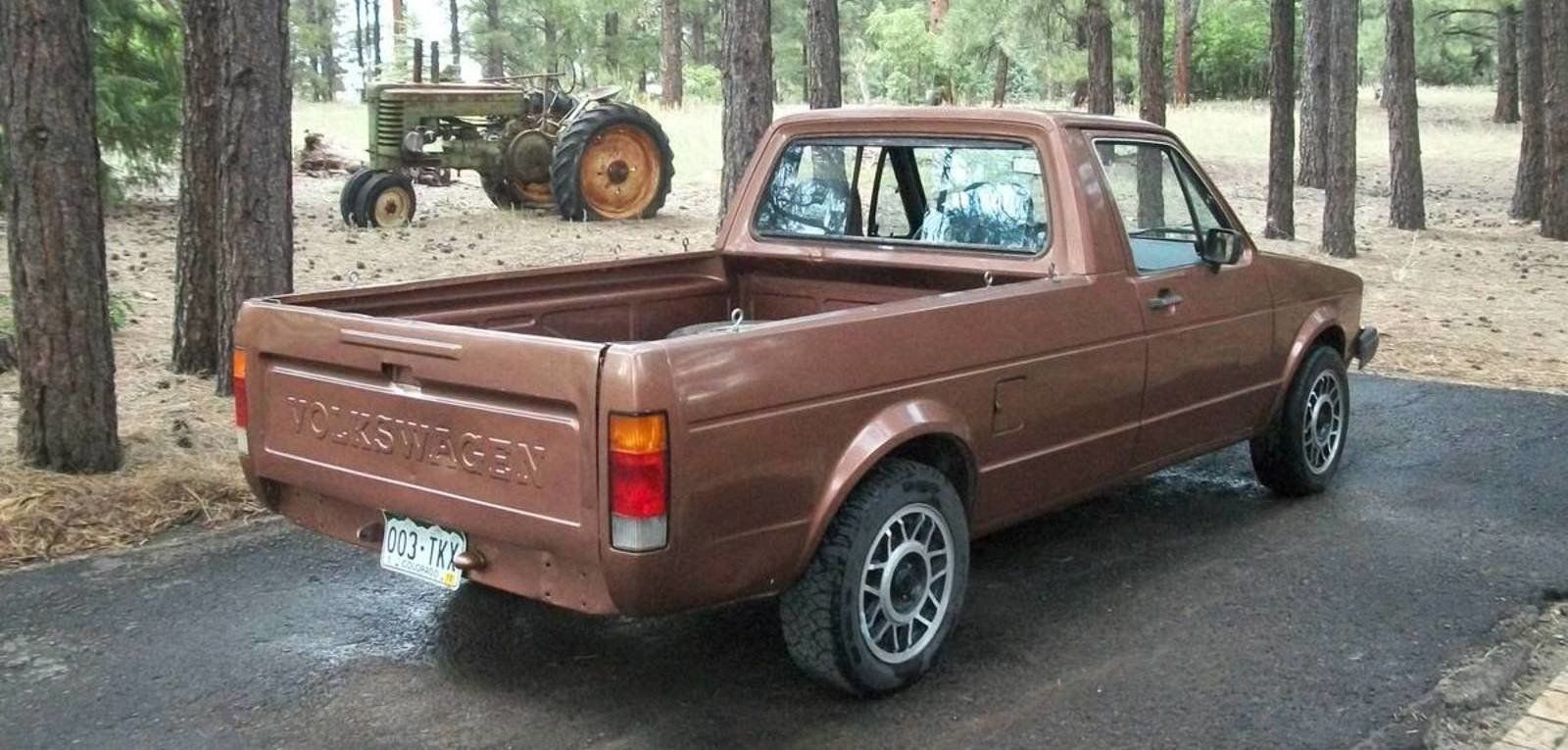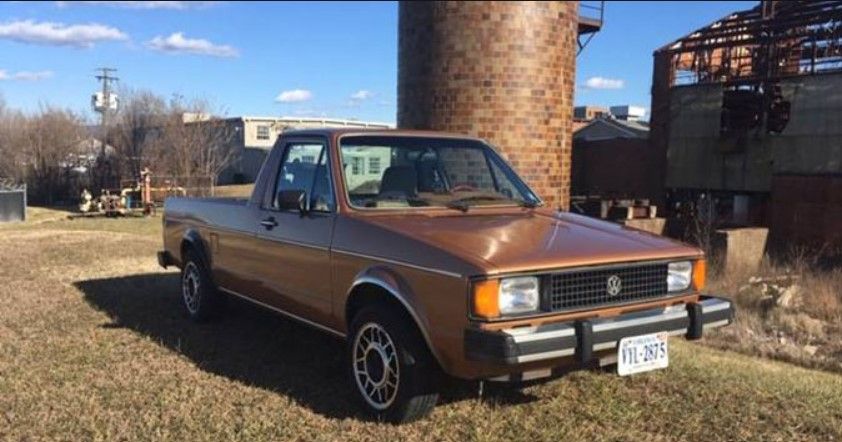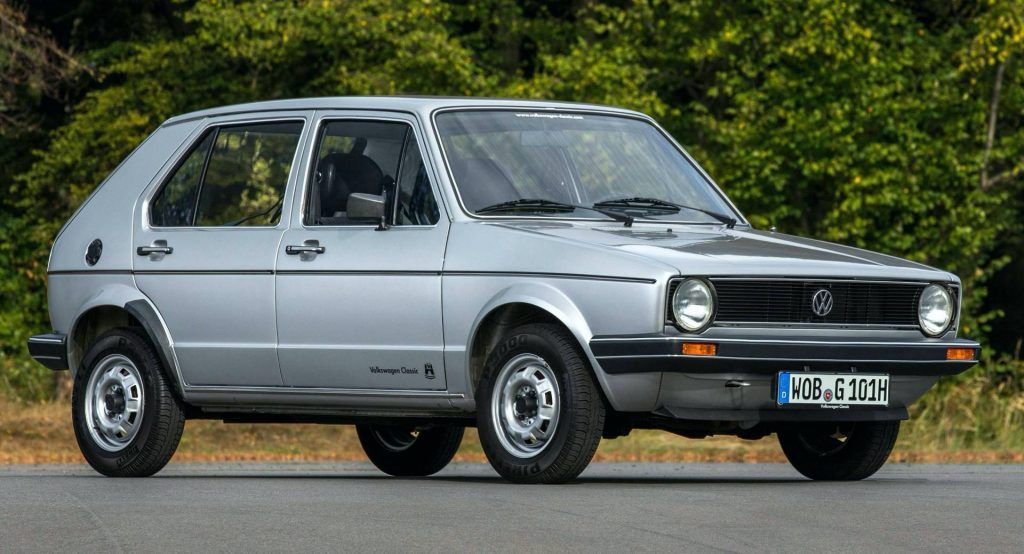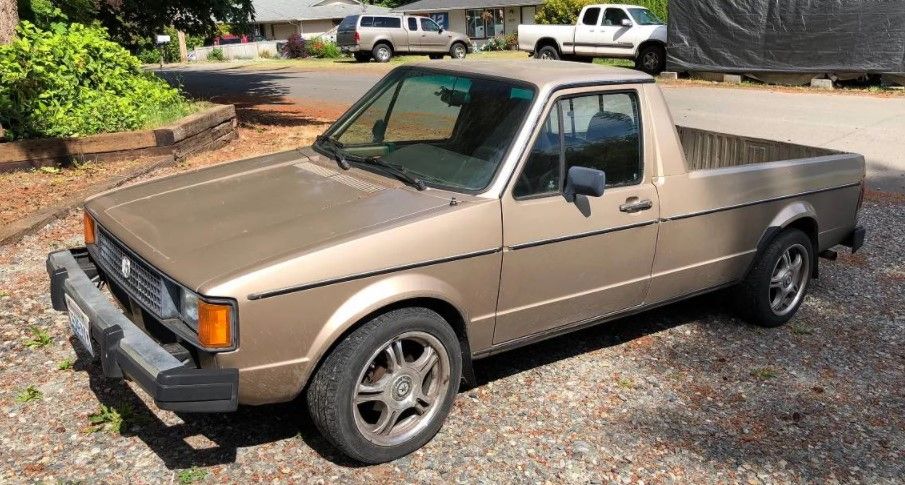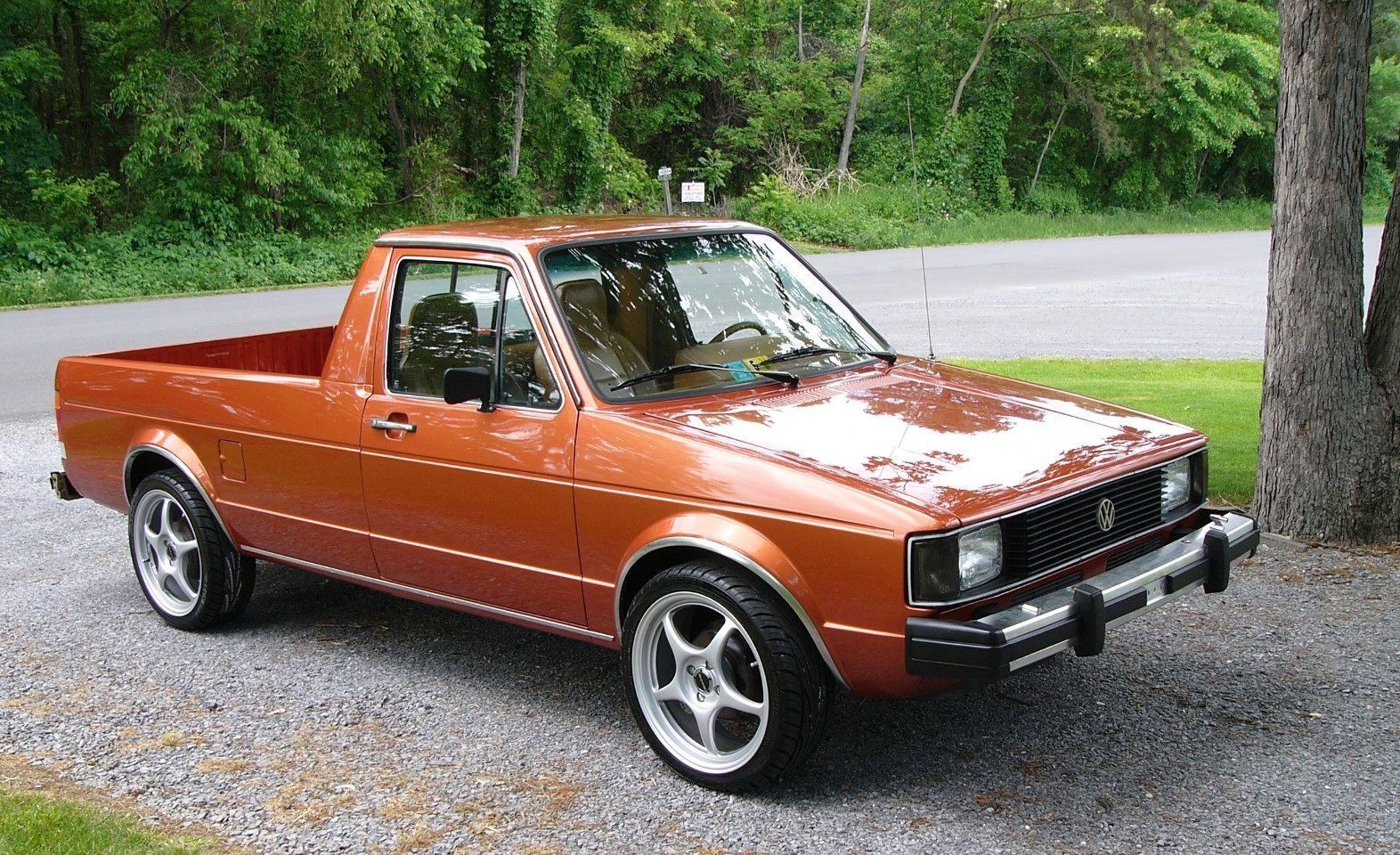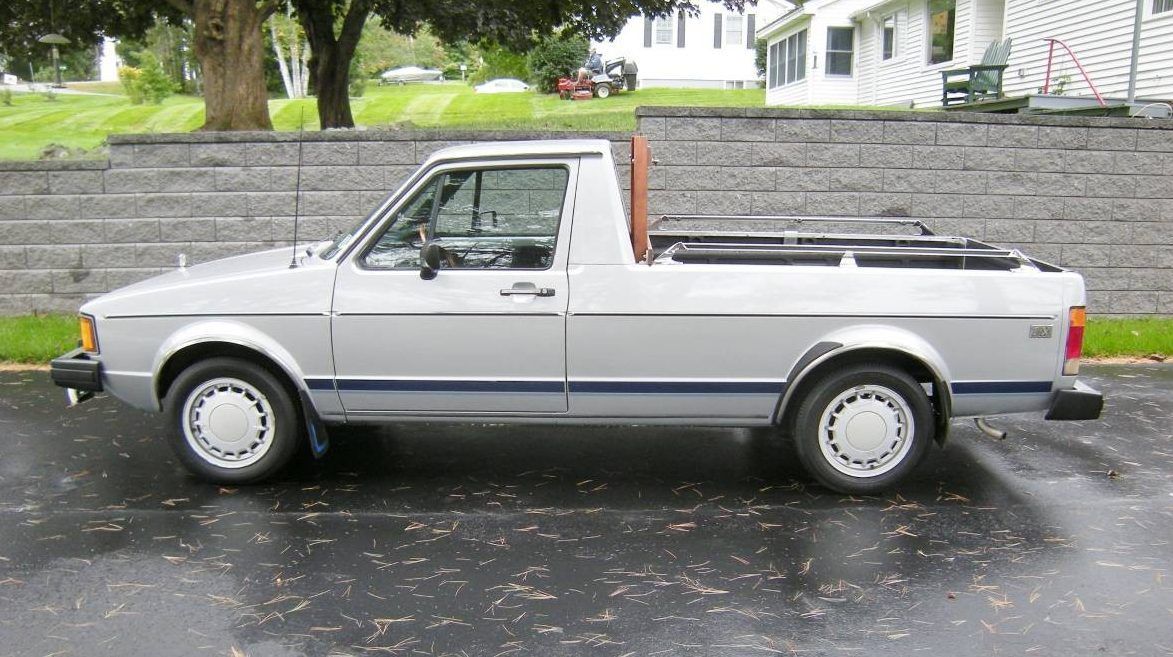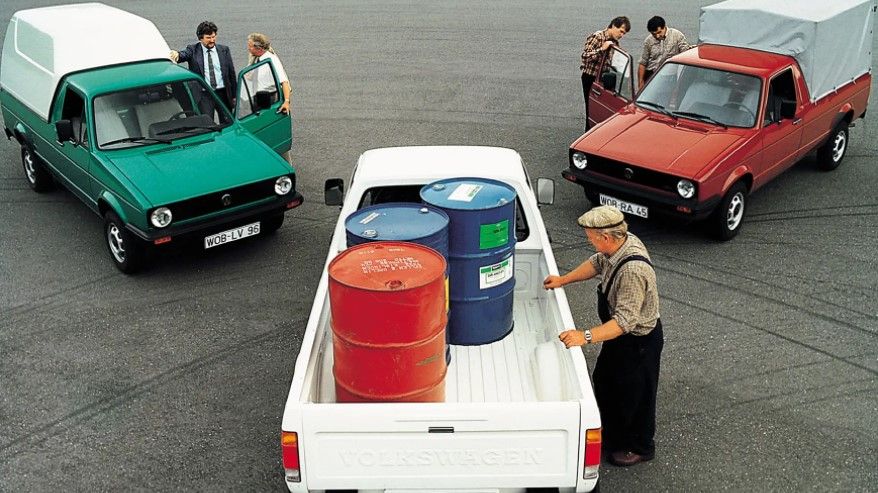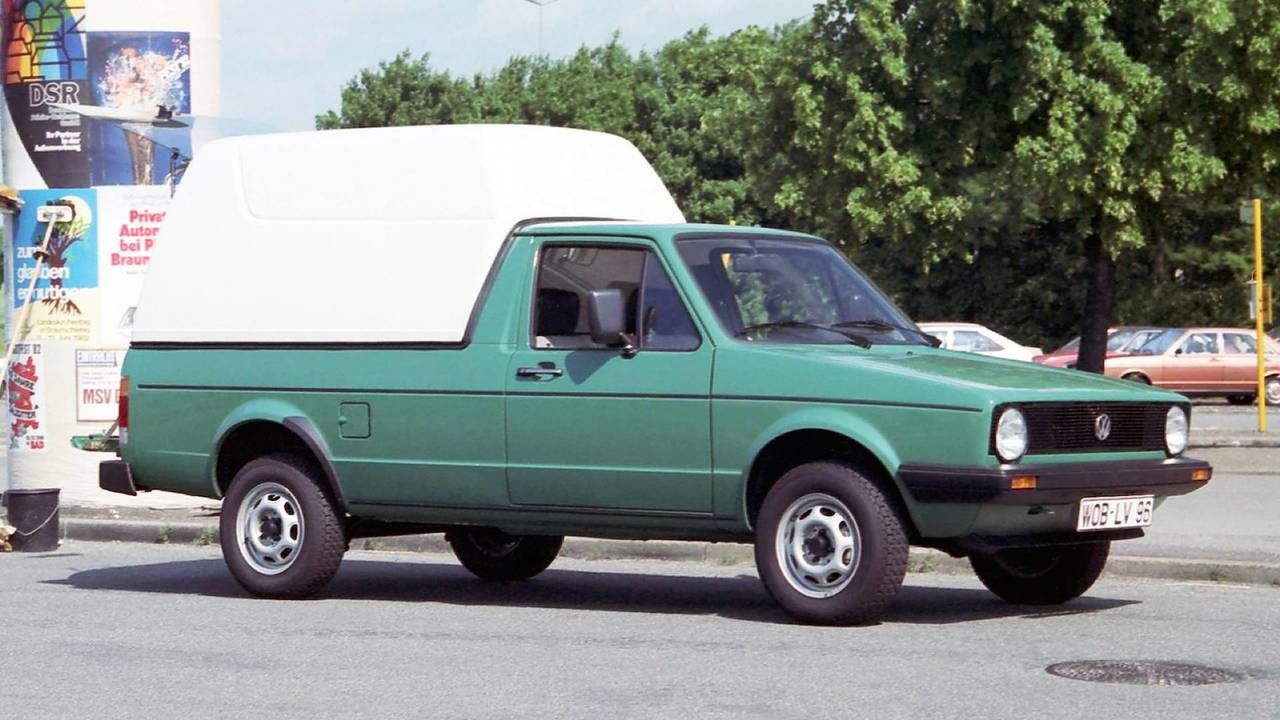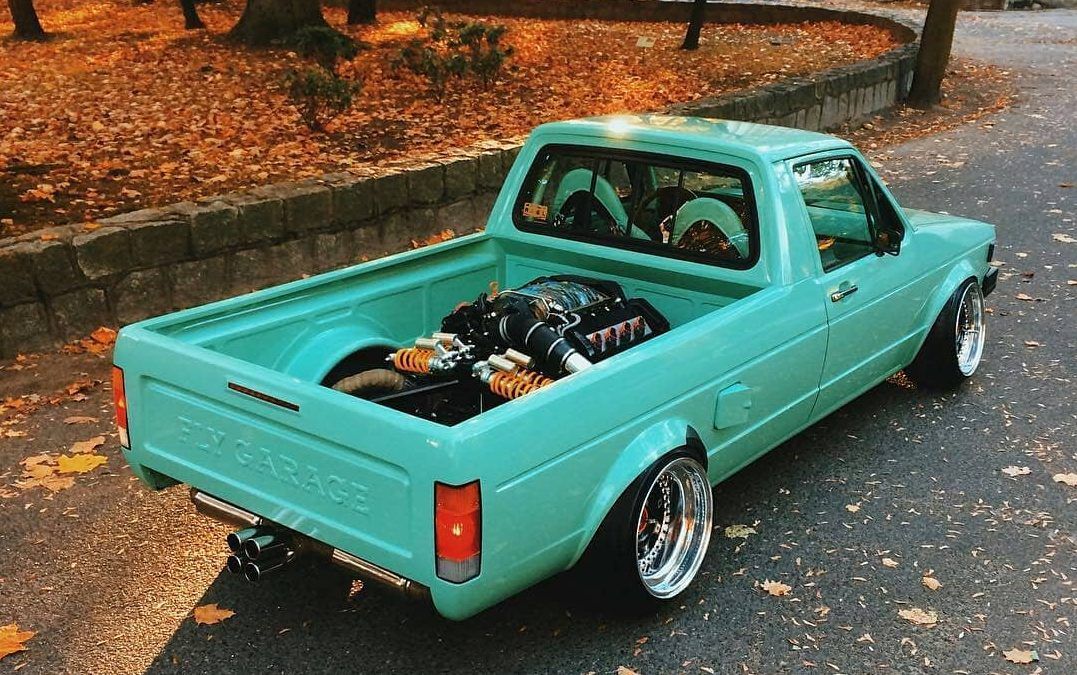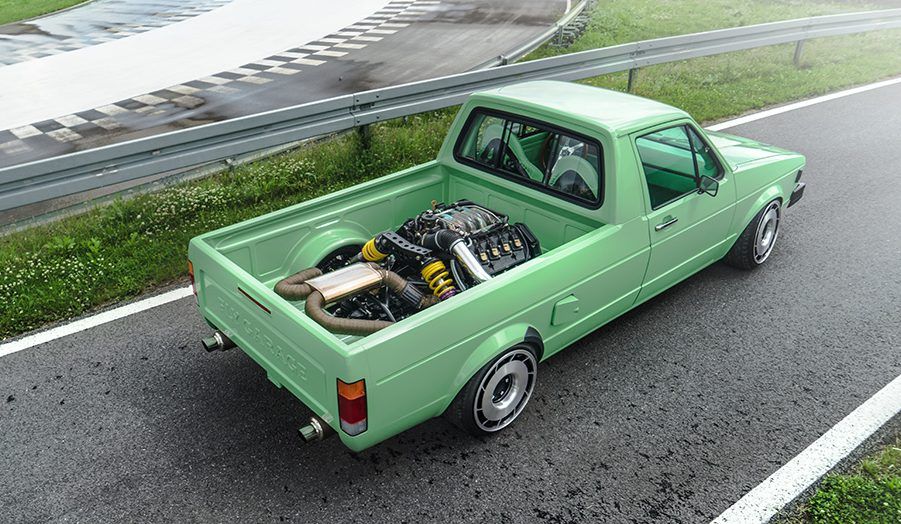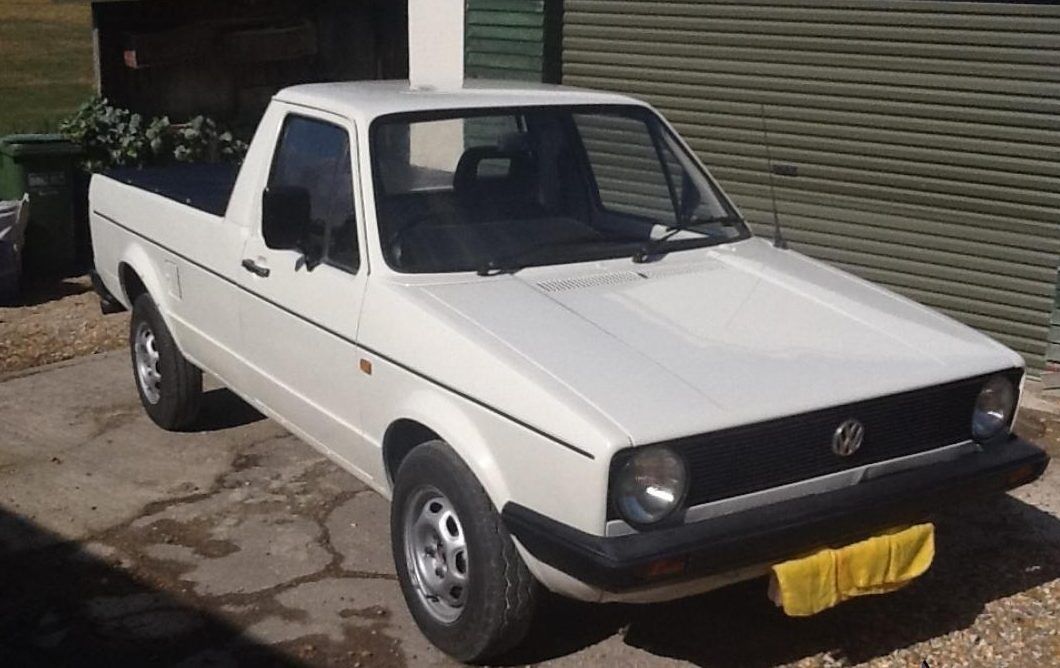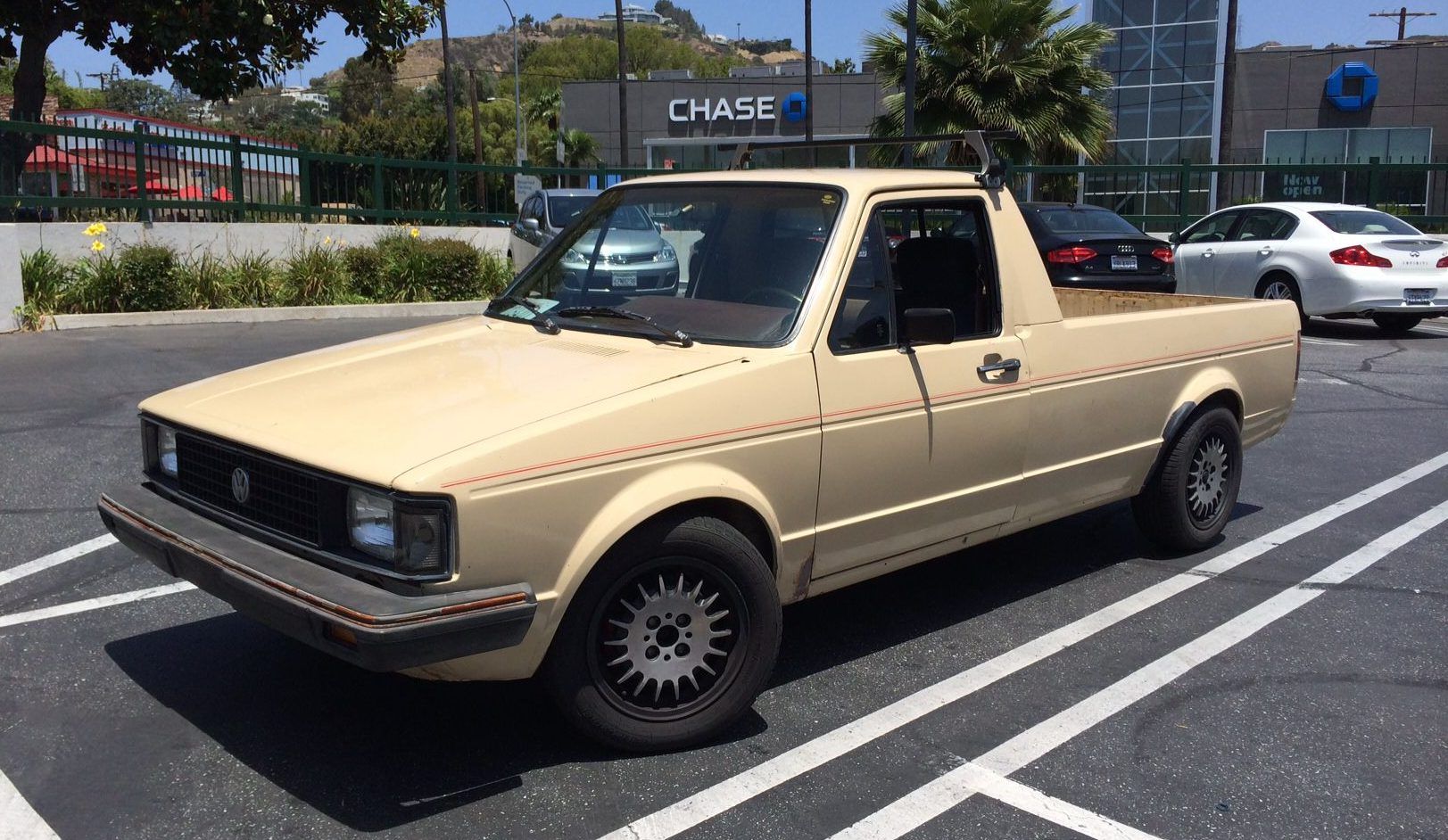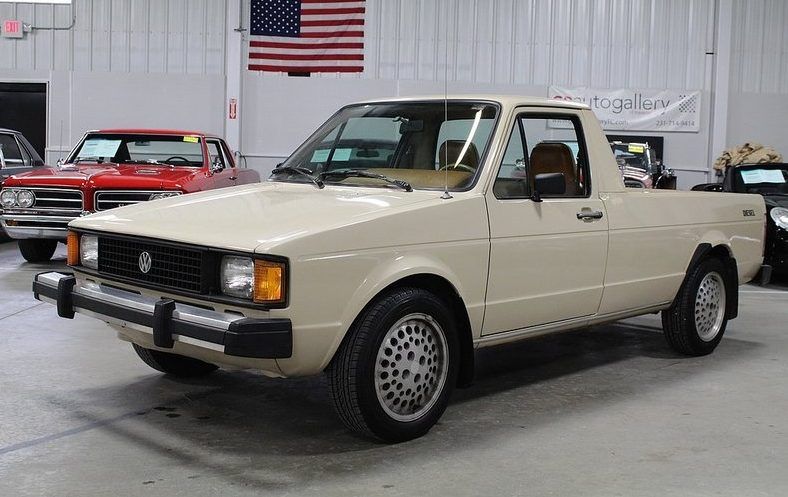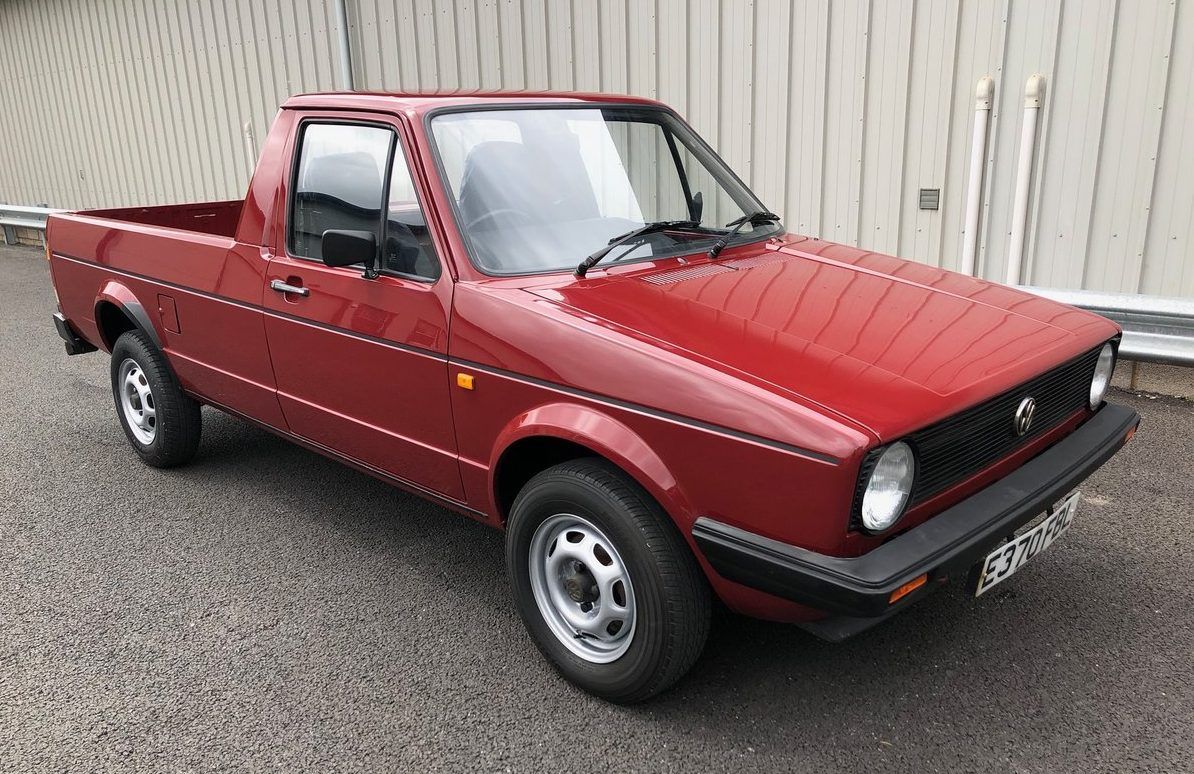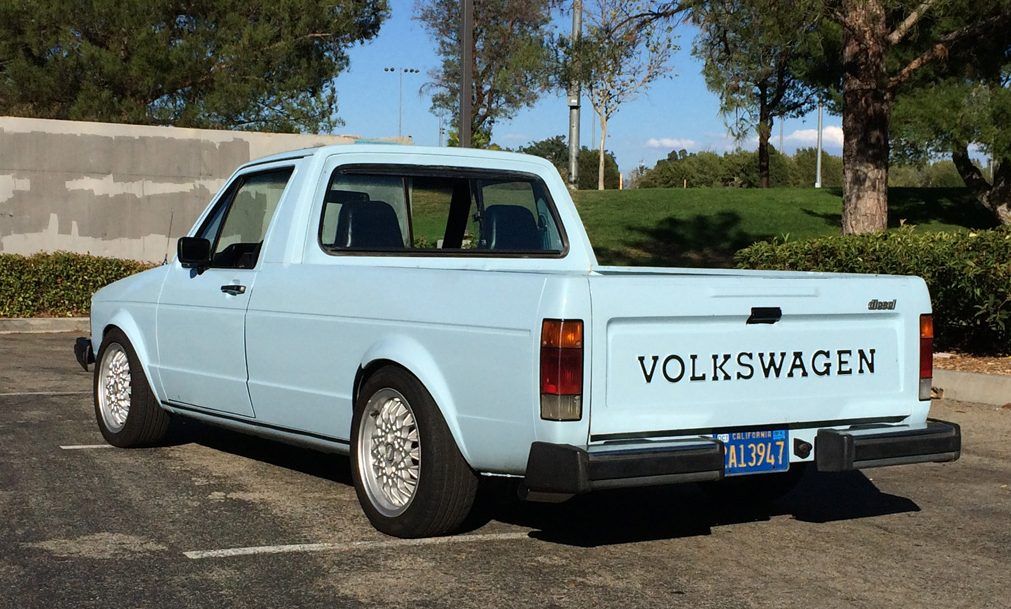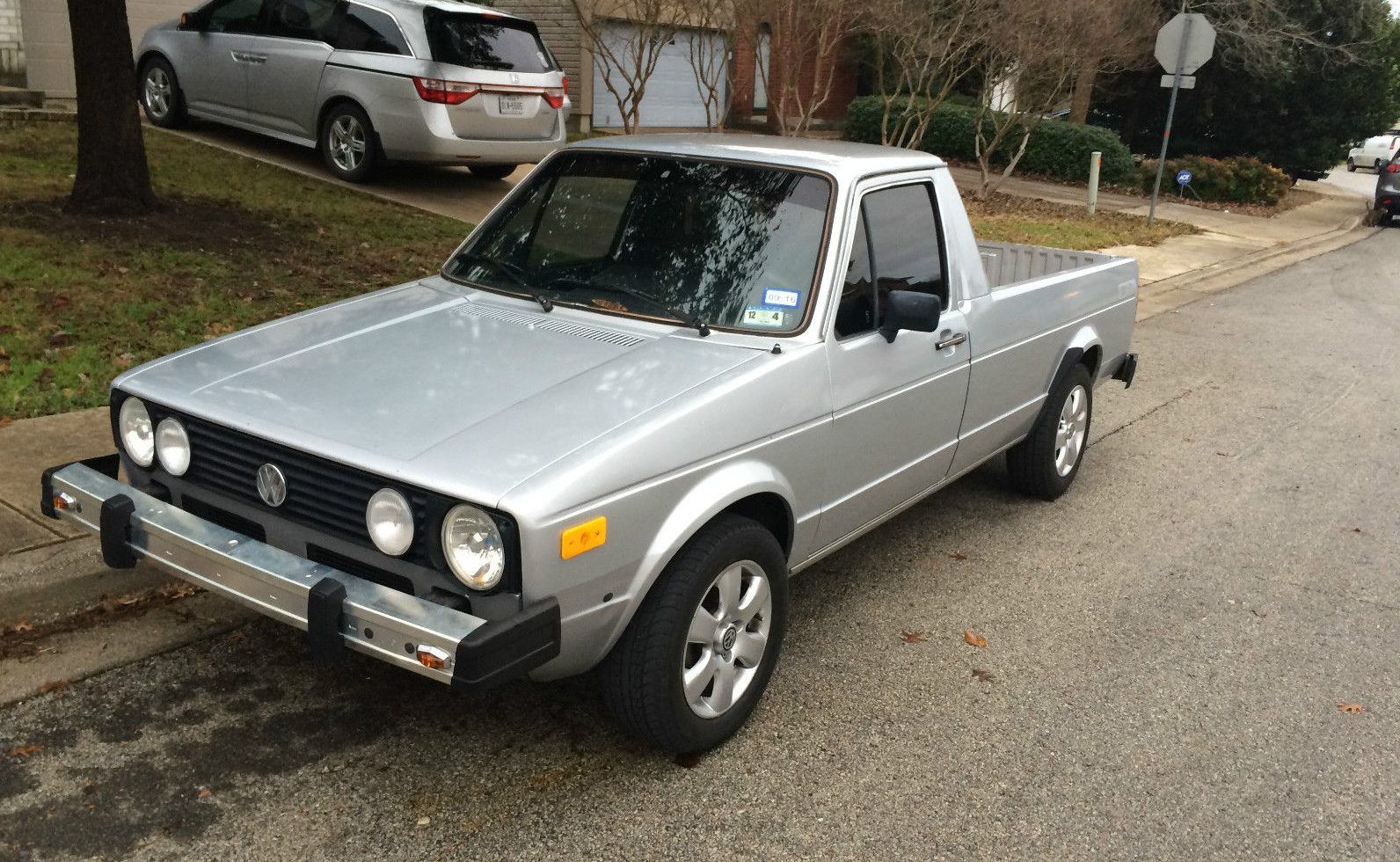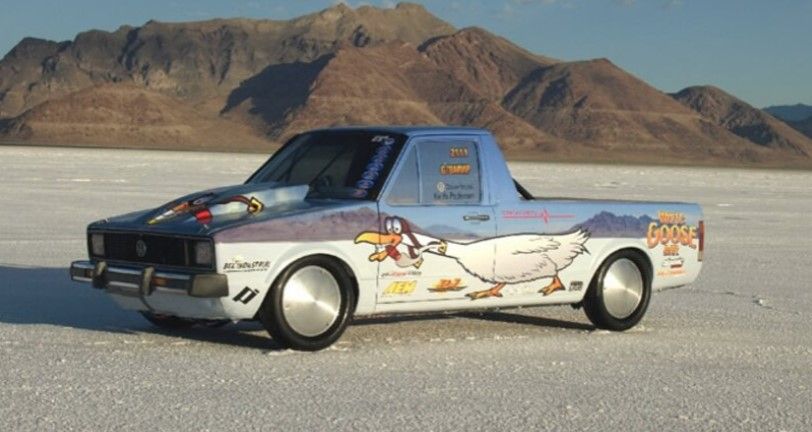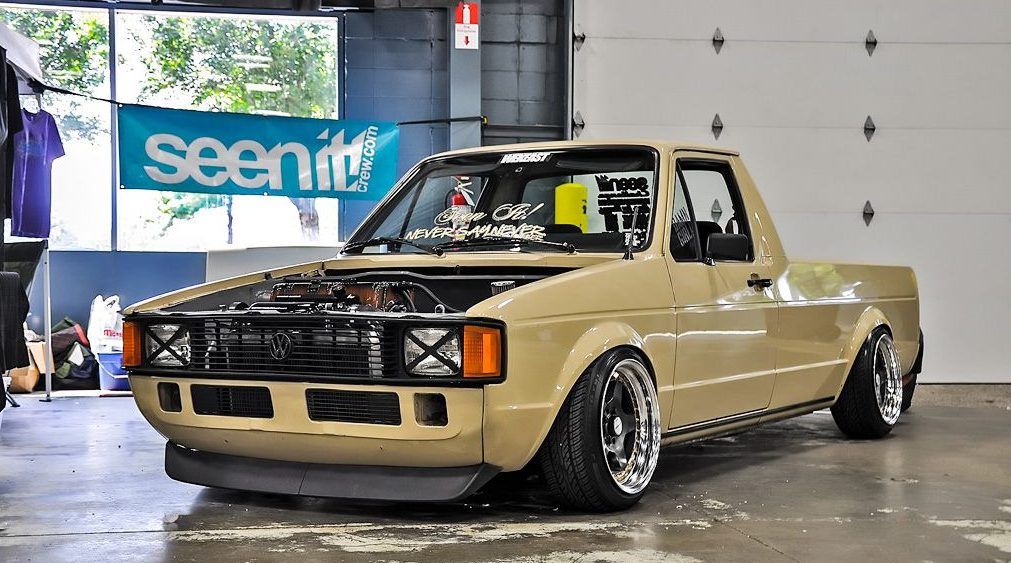The rising gas prices were a cause for serious concern among Americans during the ‘70s and ‘80s. As a result, the thirst for horsepower began to wane and demand for fuel-efficient vehicles began to grow across all market segments. Volkswagen spotted this market shift and got in on the action by introducing a vehicle that practically sipped fuel through a straw. That vehicle was the diesel-powered Volkswagen Rabbit Pickup; basically a Volkswagen Golf with a truck bed at the rear.
Production began in 1979 for the 1980 model year. Initial interest was encouraging but the pickup later struggled to dislodge competitors like the Ford Courier and Chevy LUV. By 1984, production had been discontinued for the North American region but it survived in other markets for several more years. Read on to discover more about this little-known compact pickup that was interesting enough to attract over 77,000 buyers in America.
10 It Struggled In The American Market
Volkswagen had hoped to be able to tap into the pickup craze that was sweeping through America at the time. That led to the Rabbit Pickup, a compact vehicle with decent payload capacity of about 1,100 pounds. The engine was also designed to be highly efficient and the fuel tank capacity had been bumped up by 16 gallons, compared to the Golf hatchback, for better range.
However, the truck failed to attract buyers and interest waned rapidly after the initial excitement following its launch. In 1981, over 37,000 units were sold but that number had fallen steeply to 2,072 units by the following year.
9 The Rabbit Pickup Shared Chassis With A Golf
Development of the Rabbit pickup began at a time when the Volkswagen Group was experimenting with other variants of their successful Volkswagen Golf. Eventually, the American arm of the company felt there would be a market for such a compact truck in the region and the VW Rabbit Pickup was born.
For a pickup it was really small, just about 17 feet in overall length which was not surprising considering the fact that it was based on a compact car like the Golf MK1 (pictured above).
8 It Had Another Name
The ‘Rabbit’ was an interesting moniker for the small pickup but it had another name that was just as popular. In fact, the Rabbit name was only used in the North American region; other parts of the world referred to the pickup as the Caddy.
The origins of that name can be traced to the Volkswagen Golf that shared a name with the popular sport. The pickup simply carried on that sporting theme by adopting the name of one of the most important background participants of the game.
7 It Was Not Alone In The Market
The Rabbit pickup entered a market space where it faced competition from compact trucks like the Ford Courier, Chevrolet LUV and Dodge Ram 50. There was also foreign competition from the weird-looking Subaru Brat.
The VW Pickup was offered with a front-wheel-drive which gave it a slim advantage because that design resulted in more cabin space up front. However, that also made highway driving something of a challenge, especially when the truck was fully loaded; a situation that the rear-wheel-drive rivals handled better.
6 It Stuck Around For A while
Interestingly, production of the VW Rabbit began in 1978 at a Pennsylvania Plant that Volkswagen leased from Chrysler at the time. It had a 6-year production run serving the North American market until 1984.
In Europe, the pickup continued to survive in other markets and were built at a Sarajevo plant until 1992. There, it eventually evolved into other variants like the VW Caddy compact utility van. In Africa, production of the Rabbit pickup continued till 2007. That’s over 2 decades after it was discontinued in America.
5 A Modest Power Plant
The Diesel Rabbit pickup had a compact 1.5-liter engine that was praised for its efficiency. However, it had very little by way of its power output, rated at a mere 52hp at 4,800rpm and 71 pound-feet of torque at 3,000rpm.
It is laughable by today’s standards where you now have stock pickup trucks with over 300hp! With power like this, the Rabbit pickup could only amble along till it reached a top speed of around 75mph. It was the downside to an engine that people claimed, could give a gas return of up to 39mpg.
4 The Rabbit Pickup Engine Variants
The ultra-efficient diesel engine was certainly a popular option but other variants of the Rabbit pickup existed at the same time.
There was a 1715cc petrol engine that put out about 78hp at 5,500rpm and 88.2 pound-feet of torque for those who wanted more power though it’s doubtful how much more performance one can get in a pickup with an engine that had less than 100hp. Volkswagen also offered a Rabbit Pickup with a 1.6 turbo-diesel engine but not for the American market.
3 It Had Different Trim Levels Too
It was designed as an economical option but Volkswagen still offered the Rabbit pickup in 2 trim levels, the Standard and LX trims. Engine output was the same but the LX trim offered additional features like vent windows, chrome bumpers, AM/FM radio and a premium vinyl or cloth interior.
Both trim levels were also bolstered with a generous options package to help keep things interesting. The Sports Package added a sport steering wheel and a tachometer while the Western Package came with a skid plate and cargo bed tie-down rails.
2 You Can Still Get One Today
A quick internet search will reveal good-condition Rabbit pickups for sale at about $4,000. They may be low on power but the Rabbit is little more than a beefed-up car and hence, still fun to drive with its front-wheel-drive setup.
At this price point, the truck offers a very inexpensive option for routine runabouts and can still be useful even in today’s modern setting. The only thing to watch out for would be problems attributed to rust or over customization which is a common practice with these trucks.
1 The Record Breaker
In stock form, the Rabbit pickup was a painfully slow vehicle and any speed above a crawl was pure torture. However in 2013, a Rabbit pickup truck took to the Utah desert plains and managed an incredible top speed of 189.7mph, a land speed record at the time. Of course, the truck had been extensively modified for this feat.
The anemic engine was one of the first components to be replaced and in its place, a turbocharged 2.8-Liter VR6 engine was fitted. Modified Rabbit pickups are not that uncommon and recently, there was an all-wheel-drive version laying down some really impressive performance on the drag strip.


